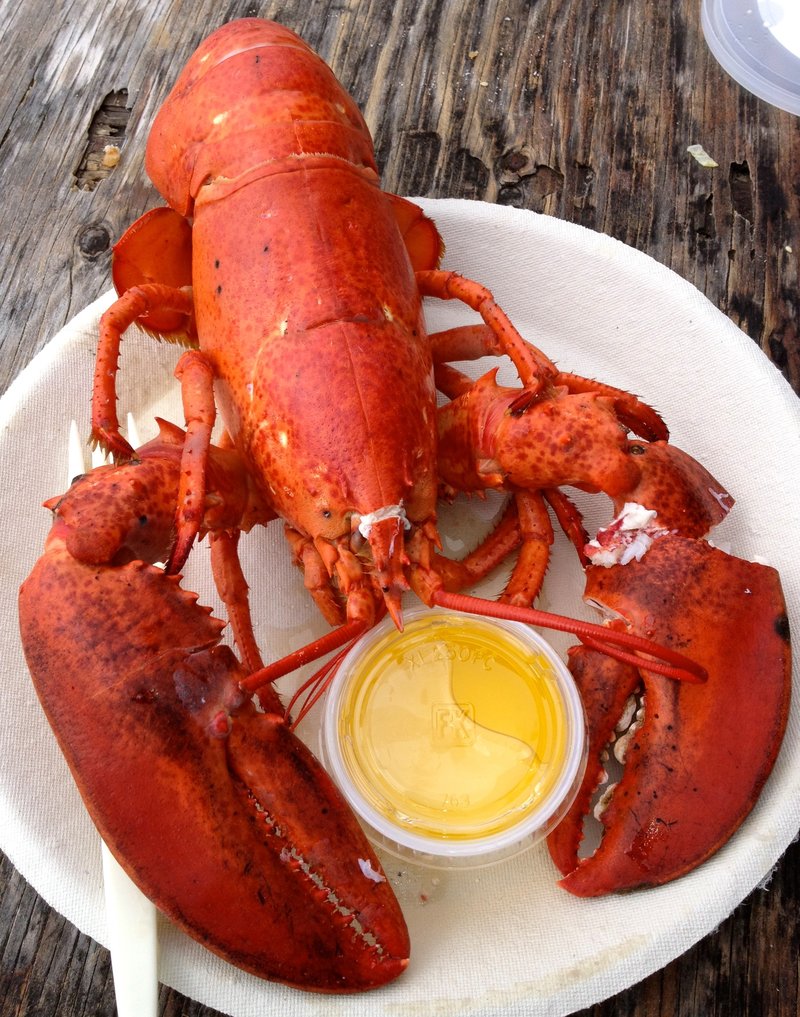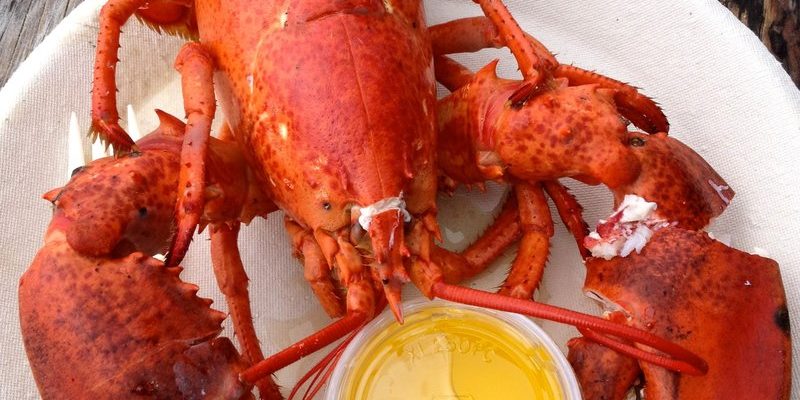
Lobsters are more than just a meal; they’re a crucial part of the marine food web. They interact with various species and contribute to the overall health of their habitats. It’s kind of like how a gardener nurtures their garden, ensuring that everything grows harmoniously. By understanding the lobster’s role in marine ecosystems, we can appreciate the intricate connections that sustain life in our oceans. So, let’s dive in and uncover just what makes lobsters so important!
Understanding Lobsters: The Basics
First things first, what exactly is a lobster? While there are many species, the American lobster is perhaps the most well-known. These creatures have long bodies, large claws, and a hard exoskeleton. They live primarily along the North Atlantic coast of North America and can grow quite large—some even reaching up to 40 pounds!
Lobsters are typically found in rocky or sandy seafloors, where they can hide from predators. They’re nocturnal hunters, often coming out at night to scavenge for food. A lobster’s diet mainly consists of fish, clams, and other shellfish, which helps control populations of those species. By doing this, they play a vital role in maintaining a balanced ecosystem.
You might be wondering why their physical appearance matters. Well, their hard shells not only offer protection but also play a role in how they interact with their environment. Lobsters often create homes in crevices or burrows, helping modify the habitat in which they live.
The Role of Lobsters as Predators
One of the most critical functions of lobsters in the marine ecosystem is their role as predators. By feeding on various species, they help regulate populations of those organisms. This regulation is essential for ensuring that no single species dominates the ecosystem, which could lead to imbalances.
For example, lobsters enjoy snacking on soft-shell clams and various fish. When lobsters are abundant, they can keep these populations in check, which in turn allows other species to thrive. Imagine a neighborhood where everyone shares the resources—this is what happens when lobsters play their part.
Without lobsters, certain species might reproduce too quickly, consuming more resources than the ecosystem can support. This imbalance can lead to a decline in biodiversity, ultimately jeopardizing the health of the entire marine habitat.
Lobsters as Prey: A Food Source for Many
Lobsters aren’t just predators; they’re also vital prey for many marine animals, including fish, seals, and birds. This dual role is a perfect illustration of the interconnectedness of marine life. Imagine them as essential links in a chain; if one link is weak or missing, the whole chain is at risk.
Many fish species, such as cod and haddock, rely on lobsters as a significant part of their diet. In turn, this ensures that those fish populations stay healthy and maintains their roles in the ecosystem. Additionally, seals and other larger marine mammals often hunt for lobsters, which helps keep their populations in check.
By providing food for various predators, lobsters support a diverse range of wildlife, contributing to the overall complexity of marine ecosystems. If lobster populations decline, it could trigger a ripple effect that affects a whole host of other species and disrupts the balance of life underwater.
Impact on Habitat Structure
Lobsters significantly impact the habitat structure of their ecosystems. As they burrow into the seafloor and create shelters, they help shape the environment around them. This activity not only provides them with a home but also offers shelter for many other marine organisms, including smaller fish and crustaceans.
Think of lobsters as nature’s builders. As they dig and create their homes, they disturb the sediment, which can lead to increased oxygenation in the soil. This process benefits other organisms that rely on healthy sediment for survival.
Moreover, the structures they create can enhance biodiversity. When lobsters make their burrows, they provide refuge for various species, allowing them to thrive. This interconnected relationship is vital for a healthy ecosystem that can support various marine life.
The Economic Importance of Lobsters
Beyond their ecological contributions, lobsters have immense economic value. They’re a significant commodity in many coastal communities. The lobster industry provides thousands of jobs in fishing, processing, and tourism. Let’s not forget the iconic status of lobsters in cuisine, where they’re often celebrated as a delicacy.
The health of lobster populations directly impacts local economies. Sustainable lobster fishing practices are crucial for ensuring they thrive in the wild while providing livelihoods for fishermen. When populations become depleted due to overfishing or environmental changes, it can lead to economic difficulties for communities reliant on this seafood.
Supporting sustainable practices not only protects the lobster population but also ensures that these communities can continue to thrive. It’s a win-win situation—healthy lobsters mean a healthy ecosystem and a robust economy.
Threats to Lobster Populations
Unfortunately, lobsters face several threats in their natural habitats. Climate change, pollution, and overfishing are major concerns affecting their populations. Rising ocean temperatures can lead to habitat loss and alter the delicate balance of marine ecosystems.
Additionally, increased acidity in the water due to climate change can impact lobsters’ ability to grow and maintain their shells. Pollution from agricultural runoff can lead to harmful algal blooms, which can be toxic and diminish the available food sources for lobsters.
Overfishing is perhaps one of the most significant threats to lobster populations. Unsustainable fishing practices can deplete their numbers, disrupting the ecological balance and hurting local economies reliant on this resource.
Conservation Efforts and Future Outlook
Fortunately, there are many conservation efforts underway to protect lobsters and their habitats. These initiatives focus on sustainable fishing practices, habitat restoration, and research to better understand lobster populations.
Organizations and governments are implementing regulations to ensure that lobster fishing is done sustainably. By setting catch limits and promoting responsible fishing methods, we can help protect lobster populations for future generations.
Local communities are also taking action by engaging in habitat restoration projects, raising awareness about the importance of lobsters in marine ecosystems. Education plays a vital role as well; the more people understand the critical role lobsters play, the more likely they are to support conservation efforts.
Protecting lobsters isn’t just crucial for their survival; it’s essential for the health of our oceans and the well-being of coastal communities.
In summary, lobsters play an integral role in marine ecosystems as predators, prey, and habitat builders. By understanding their contributions and the challenges they face, we can make informed decisions to ensure their survival. After all, a healthy marine ecosystem means thriving wildlife and vibrant coastal economies. So, the next time you enjoy a lobster dinner, remember that you’re not just savoring a delicious meal; you’re supporting a vital component of our oceans.

